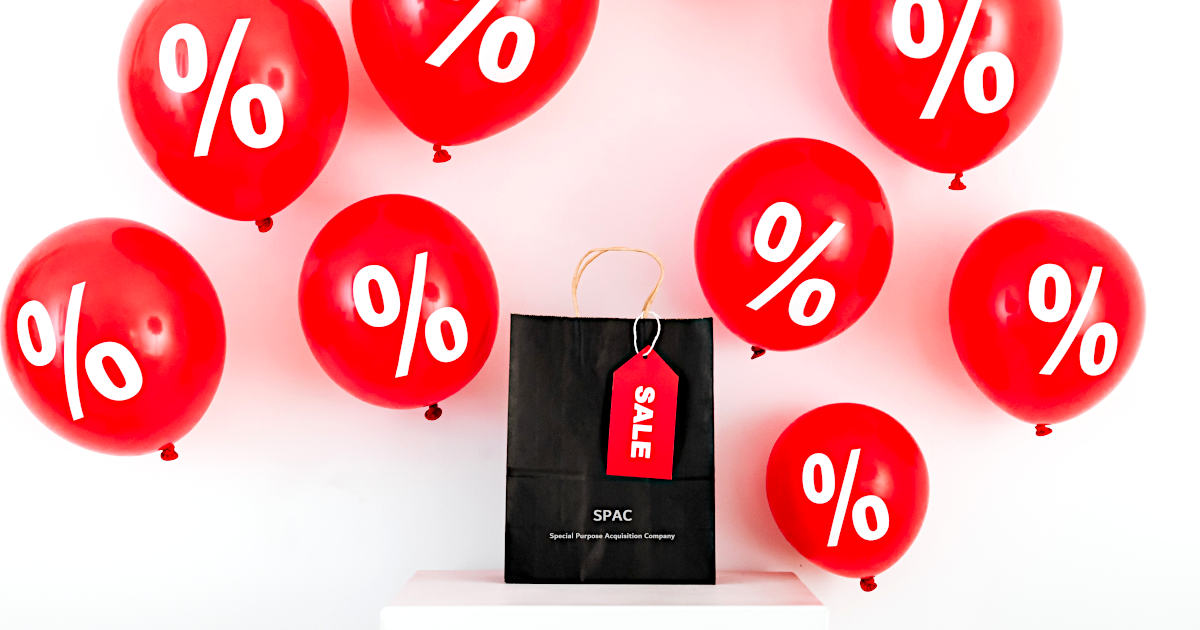Irrational Pessimism – Why Value Investors Should Research Individual SPACs
Stock market participants are made up of investors with various needs and styles. They consist primarily of those with short-term time horizons, those investing longer-term, momentum traders, and others who look for value in out-of-favor sectors. By some measures, the mismatch in demand for SPAC IPOs and viable targets earlier this year has led to some loss of enthusiasm by investors. But, for one group of investors that may have not considered them before, many of the current outstanding SPAC issues offer real value.
Many current SPACs are trading at a discount to the overall balance within their escrow account. This provides a rare level of protection and potential. Let me explain. When any currently trading SPAC first went public the promise to investors was using the proceeds from the SPAC IPO to shop for the perfect company to merge with. The proceeds from the offering, usually $10 per share, were placed in an escrow account and held in trust for this purpose. The trust account earns interest and is used to pay bills associated with the SPAC, in most cases, it remains largely intact. Information on the state of any SPAC trust account assets can be found on their most recent Edgar 10-Q filing. The data is a snapshot as of the date on the filing but should allow investors to, along with the stock price and shares outstanding, determine if the entire unmerged “blank check” company is worth more or less than where it is currently trading. Edgar filings are available at SEC.gov and through the SPAC companies’ website.
There Are No Bad Investments
(at the right price)
Many SPACs are now trading at a discount to their liquidation value. The market for this structure has had difficulty finding its balance since late last year. Enthusiasm, beginning a year ago, brought a great amount of demand for new SPAC IPOs. This level of investor demand outpaced the supply of great targets available. This realization, in large part, has soured investor’s appetite for this structure. This “souring” is good for value investors. As for the momentum investors that were excited about SPACs in January won’t find a stampede in these IPOs for a while.
When any investment category falls out of favor, prices drop and value may be found. Mathematically, value can be assessed with outstanding SPACs. The balance sheets on the Edgar filings provide data such as “Investments Held in Trust Account” “Accumulated Deficit” and “Total Shareholder’s Equity.” Remember, Shareholders’ Equity
= Total Assets? Total Liabilities. If one divides this total by shares outstanding, then the liquidation value per share (as of the date of the filing) is largely known. Is a SPAC trading at a discount to its value? If yes, by how much?
SPACs also have an end date, usually two years from the initial offering date. This allows a rough yield calculation using the discount. Even if the management company finds an acceptable merger, the stockholder has the option of liquidation at the pro-rata trust value. Or, they can decide to take part in the merger and part of it. If they liquidate the period of capturing the discount is likely to be shorter which mathematically increases the yield as the same income is earned over a shorter period of time.
A Floor on Risk and Choices
Then there is optionality. The discounted SPAC owner may find that their share prices jump if other investors want “in” on owning the merged entity. Shareholders themselves may decide the return from continuing to own the deSPAC shares is the best use of their investment capital and continue to hold.
Take-Away
Many SPACs are trading near their 52-week lows. Meanwhile, stock market valuations are hitting new highs. The weakness in price is reflective of the appetite investor had relative to how many successful SPAC mergers could actually be accomplished in a short period.
Outstanding pre-deal SPACs, most with a vintage of late 2020 or early 2021 can be compared to short-duration convertible bonds. That is to say, there is an underlying expected yield that could be realized in the next 18 months, along with the return on discount, there is also an opportunity to realize outsized returns if a great merger candidate is identified.
Managing Editor, Channelchek
Suggested Reading:
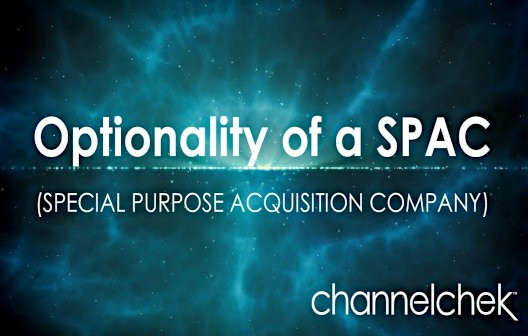 The Different Ownership Paths Before the De-SPAC Period
|
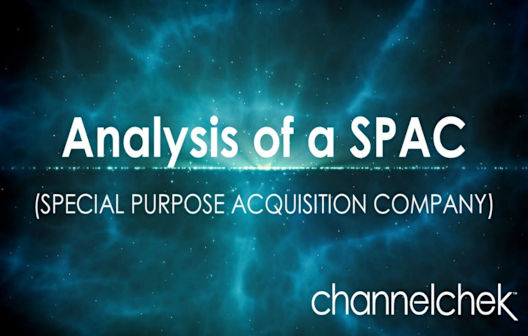 Analysis of a Special Purpose Acquisition Company
|
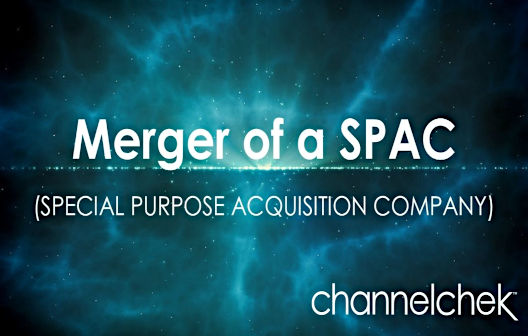 The Final Phase of a Special Purpose Acquisition Company
|
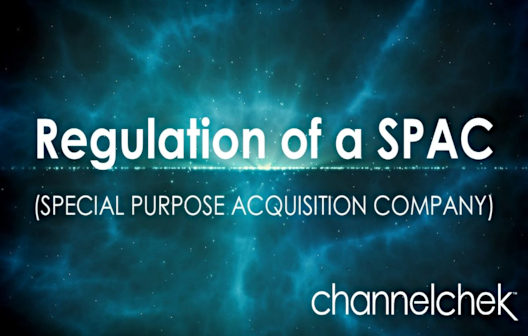 Regulation of a Special Purpose Acquisition Company
|
Sources:
https://www.barrons.com/articles/spac-stocks-opportunities-51630111867?mod=hp_columnists
Stay up to date. Follow us:

|
